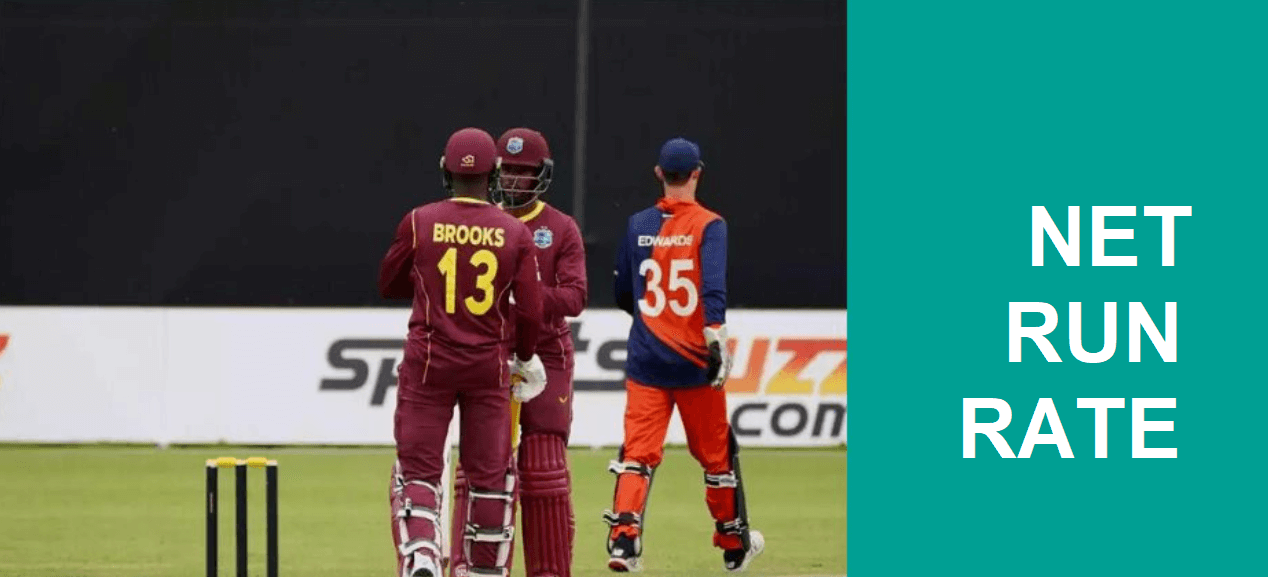

Net Run Rate (NRR) is a statistic that is used to settle a tie in multi-team limited overs cricket tournaments. NRR can be calculated for a single match and for the entire tournament.
The average runs scored by a team per over in a tournament, minus the average runs scored per over against them in the entire tournament gives the net run rate of the team in that tournament. A positive NRR means that a team is scoring faster than the opposition, whereas a negative NRR means that a team is scoring slower than the opposition. Thus, it is always favourable to keep the NRR positive.
If a team is bowled out (all-out) before the full quota of overs is bowled, then the NRR calculation is based on the full quota of overs that could have been bowled and not based on the overs within which the team was all-out.
When the match ends in a tie, the NRR For both teams would be 0. NRR calculations become more complex when the target is revised due to Duckworth-Lewis methods.
NRR was first implemented in the 1992 Cricket World Cup. Since then it has been a reliable method for settling ties. However, it’s complex calculations have been subject to criticism and alternative methods have especially been proposed in rain-affected matches.
Statisticians have also proposed alternatives to NRR. These include Duckworth-Lewis-Stern method, average of match NRRs, head-to-head records and staging a play-off match. While each of these have been implemented, none matches the reliability of the NRR.




